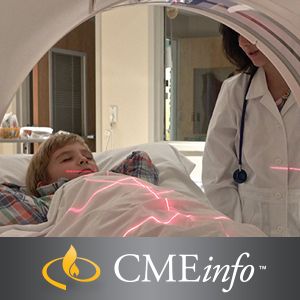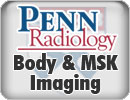-95%
Latest Advancements in Breast Imaging: A Comprehensive Guide
Breast MRI
Magnetic resonance imaging (MRI) utilizes magnetic fields and radio waves to provide highly detailed cross-sectional images of the breasts. It plays a crucial role in diagnosing breast cancer, particularly in women with dense breast tissue or a high risk of developing the disease.
Digital Mammography
Unlike traditional film mammography, digital mammography employs a digital detector to capture images of the breast. This advanced technology offers advantages such as improved image quality, reduced radiation exposure, and the ability to manipulate and enhance images for better diagnosis.
Breast Ultrasound
Ultrasound, using high-frequency sound waves, produces real-time images of the breasts. It is particularly useful in assessing dense breast tissue, identifying fluid-filled cysts, and guiding needle biopsies.
Tomosynthesis
Also known as 3D mammography, tomosynthesis captures a series of thin cross-sectional images of the breast. By combining these images, it creates a detailed, three-dimensional reconstruction that provides more precise information than traditional 2D mammography.
Pathology of Malignant and Benign Lesions
Understanding the pathology of breast lesions, both malignant and benign, is essential for accurate diagnosis. Pathologists meticulously examine tissue samples to determine the characteristics and behavior of lesions. This knowledge guides appropriate treatment decisions.
DCIS (Ductal Carcinoma In Situ)
DCIS is a type of non-invasive breast cancer where abnormal cells are confined within the milk ducts. It is often detected through screening mammograms and is typically treated with surgery followed by radiation therapy or hormonal therapy.
BI-RADS (Breast Imaging Reporting and Data System)
BI-RADS is a standardized classification system used by healthcare professionals to describe breast imaging findings, ranging from benign to highly suspicious of cancer. It helps ensure consistency in reporting and enables accurate assessment of breast cancer risk.
Screening and More
Breast cancer screening plays a vital role in early detection and improved outcomes. Various screening modalities, including mammography, ultrasound, and MRI, can be tailored to each woman’s individual needs. Session topics also delve into advanced techniques like molecular imaging and the role of genetics in breast cancer.










Reviews
Clear filtersThere are no reviews yet.